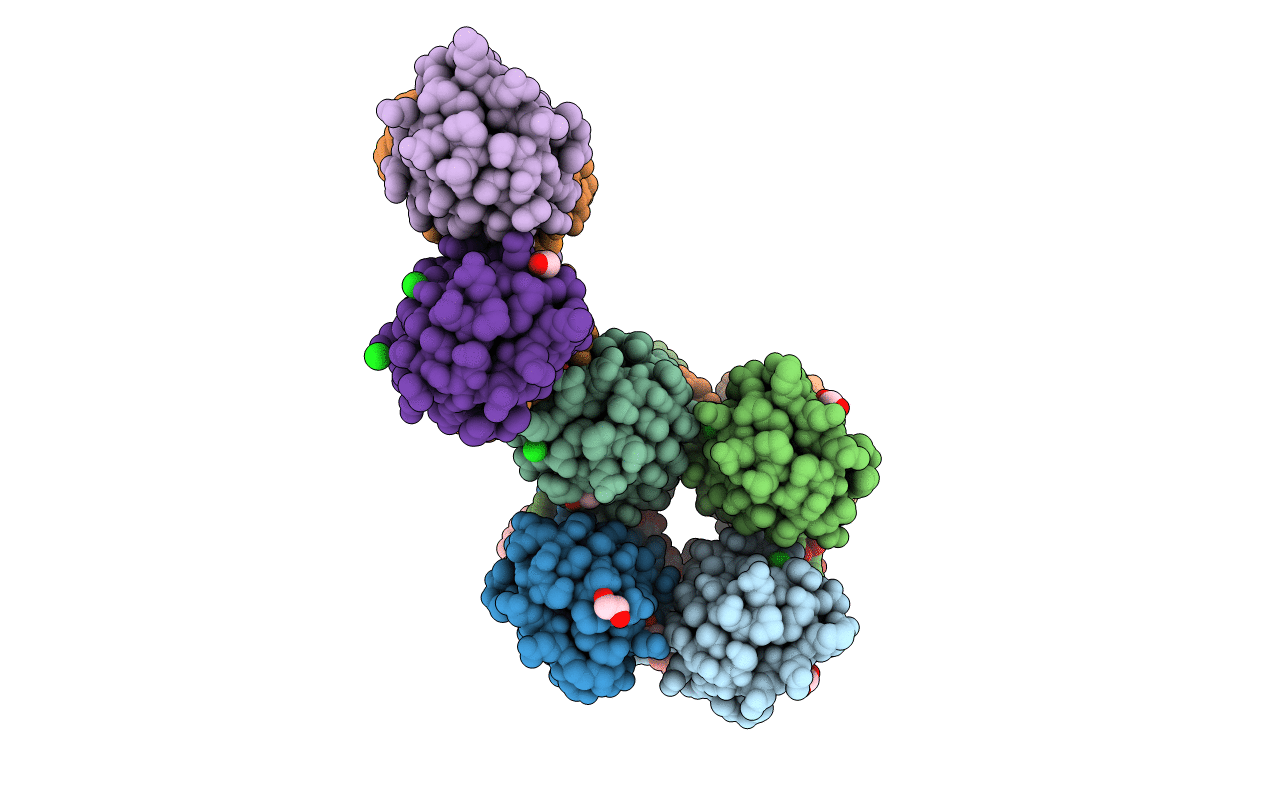
Deposition Date
2010-05-18
Release Date
2010-07-14
Last Version Date
2023-12-20
Method Details:
Experimental Method:
Resolution:
2.20 Å
R-Value Free:
0.25
R-Value Work:
0.20
R-Value Observed:
0.20
Space Group:
P 2 2 21


